Essay
Why I Love Reading Japanese Literature
During one of my first visits to Japan, we were lunching at a tempura restaurant in Tokyo. Through the open shoji door, we could see a pretty wilderness – scattered shrubs and dwarf trees, a slim, silvery stream with irises on its bank and a willow leaning over a rock to dip its trailing branches in the water. I remarked on its perfect beauty, a perfection that only nature could attain. ‘No gardener could have planted those irises or made that stream tinkle so prettily,’ I remember saying. Our Japanese host looked embarrassed. After some hesitation, he told us that this was an old garden designed in the forest and water style by a landscaper popular in the last century. He explained that everything in the garden had been carefully planned and planted, including the boulder against which the willow was growing and the sounding stones in the stream. I was astonished by the aesthetic which appeared to surrender to nature overtly, while covertly mastering it, bending and moving and arranging all its elements in a harmony that seemed perfectly natural.
Every time I visited Japan, I was smitten by its contradictions, its contrived nature and natural contrivance, the outward submission and inward subduing, lavish care and minimal embellishment. It dazzled me, intrigued me. I had read the troubled history of 19th and 20th-century Japan- aggression against neighbours, her role in the World Wars, a sudden transition from a traditional society to embracing all things Western. I was also aware of the social issues of patriarchy and rigid hierarchy, psychological ones of isolation leading to an entire generation of reclusive Hikikomoris and falling marriage and birth rates. My trips revealed to me the painstaking commitment of the Japanese to perfection in all external aspects of public life, a politeness and reticence in social discourse at odds with the violence and darkness often showcased in movies and manga comics.
The Gift Of Japanese Literature
I could not make any sense of it, this enigma of Japan which drew me like a magnet. And then I received the gift of Japanese literature, quite literally. A dear and respected friend gifted us a copy of Musashi by Eiji Yoshikawa. A tome running into almost a thousand pages, it describes the life and times of the legendary swordsman and ronin, a master-less samurai, Miyamoto Musashi. The story takes place in the 17th century and traces Musashi’s life from a rowdy youth to master of swordsmanship and an enlightened person. It is a conventional adventure story, full of twists and turns, thrilling swordfights and skin-of-teeth escapes, jealousy and romantic confusions. For me, however, the book was a glimpse of the old, strife-torn and feudal Japan of early Edo period, one that has disappeared leaving behind beautiful reminders like the Chiyoda castle which is now a part of the Imperial Palace in Tokyo and Matsuo Basho’s ethereal haikus.
What remained with me from this novel written in the early 20th century, was not the heroic, pragmatic Musashi who ran away as often as he fought, but the myriad pictures of Japan – travellers kitted out in straw sandals and hats, white dust rising from winding roads, temples and tea houses, pine forests and mountains, gay pleasure quarters and wise geishas. And of course, Otsu, a young woman raised in a village who pursues Musashi up and down Edo-period Japan. I wondered at her – rejected and abandoned by Musashi and yet confident that they belonged together. The image of the coy, fragile, unseen-by-the-sun beauties of old Japan clashed with this determined woman walking down wild roads after the man she loved. The list of contradictions grew.
An Accidental Discovery
I began seeking the works of Japanese authors actively. Browsing through an old bookstore somewhere in the mid-levels of Hong Kong, I came across a paperback copy of Junichiro Tanizaki’s turn-of-the-era epic, The Makioka Sisters. Set in the Showa period during the World War II years, it is a stunningly told tale of four sisters belonging to an affluent Osaka family – the conventional Tsuruko, vivacious Sachiko, demure Yukiko and rebellious Taeko – and how they negotiate their lives. The elegance and slow charm of life in the prosperous suburbs of Tokyo at a time when the world was caught in the throes of the most cruel war mankind had known, fascinated me. Again, it was the details of that life – the conventions of dress and makeup, daily routines and social visits, shopping in the great stores of Tokyo, catching fireflies, viewing cherry blossoms that captivated me.
I read every book of Tanizaki Sensei that I could find – Some Prefer Nettles, Diary Of A Mad Old Man, A Cat, A Man And Two Women, Quicksand, Arrowroot, The Secret History Of The Lord Of Musashi. I reveled in the sensory splendour he invoked in his descriptions of elaborate, brocaded kimonos, rituals of watching a bunraku performance, (food cooked on days of feast, gardens in autumn and summer. But it was when I read his long stories – ‘The Bridge Of Dreams’, ‘The Tattoist’, ‘A Portrait Of Shunkin’, ‘The Terror’, ‘The Thief’, ‘Aguri’ – that I truly appreciated his great gift of crafting psychological, open-ended narratives filled with dark forebodings. He possessed an unparalleled genius in characterisation and storytelling against the living, breathing backdrop of a Japanese society in transition. He spelt his creed of aesthetic in his astonishing treatise, In Praise Of Shadows – ‘Were it not for shadows, there would be no beauty’.
I read more modern masters – Natsume Soseki, Ryunosuke Akutagawa, Yukio Mishima, Endo Shusaku, Yasunari Kawabata, Kenzaburo Oe. Their rich and diverse styles, intensity of portrayals of tradition and modernity had me in their thrall. The meticulous perfection of their writings, the layered and complex, and at times, shocking themes, their experiments in craft – all so subtle and so refined, that I found myself reading and re-reading them, discovering fresh aspects with every read.
Finding Murakami
Around this time, my husband bought me a collection of short stories from the airport book shop at Narita Airport – Blind Willow, Sleeping Woman. It was by an author I hadn’t heard of – Haruki Murakami. This was before Murakami became well-known outside of Japan and the circle of Western scholars who studied Japanese literature. His stories came as a revelation to me. They were like a thunderclap of brilliance that destroyed all prejudices of plots and resolutions, setups and paybacks. Traversing between real and fantastical worlds, telling stories of the urban Japan I saw during my trips but was unable to understand, and exploring intricate themes of isolation and intimacy, they opened a new vista which was as much external as internal. A woman gives up sleeping, a green monster falls in love with a housewife, a monkey steals the name of a young woman, a man revisits his old sweetheart, and another suffers inexplicable bouts of nausea.
The characters and the stories revolutionised the way I had looked upon and read fiction so far. I sought out and read his works – The Windup Bird Chronicle, Hard Boiled Wonderland And The End Of The World, A Wild Sheep Chase, Dance Dance Dance, After The Quake, Kafka On The Shore, Norwegian Wood – with mounting excitement. His complicated and fantastical plots, all with elements of mystery, repeating motifs of missing cats, people going on journeys, time-travels and dry, wry humour, made reading his works an adventure with elements of predictability. A contradiction again. One can never get too far away from contradictions in Japan and Japanese fiction and therein lies their allure for me – the opportunity to experience something and its opposite in one complete experience.
I constantly re-read the Japanese Masters. Some volumes are always on my bed-side table but I also read contemporary Japanese literature, eagerly and with great curiosity. All the books by the contemporary Japanese authors that I have read in past years, from Kanae Minato’s Confessions to Banana Yoshimoto’s Kitchen, Yukiko Motoya’s Picnic In The Storm, Tomihiko Morimi’s The Night Is Short, Walk On Girl, Natsu Miyashita’s The Forest Of Wool And Steel and many more, are completely different from each other in style and stories and yet there is a common sensibility running through their differences, a subtle, veiled spirit that haunts them and which I seek, book after book. It’s yet another contradiction adding to the appeal of Japan and her literature for me.

Anukrti Upadhyay writes fiction and poetry in both English and Hindi. Japani Sarai, a collection of Hindi short stories and two English novellas, Daura and Bhaunri, have been published to date, and a number of works are in progress. Her short stories have appeared in numerous prestigious literary journals. With post-graduate degrees in Management and Literature and a graduate degree in Law, she also wrote a doctoral thesis on Hindi Literature. She divides her time between Bombay and Singapore.
You can read her articles here.

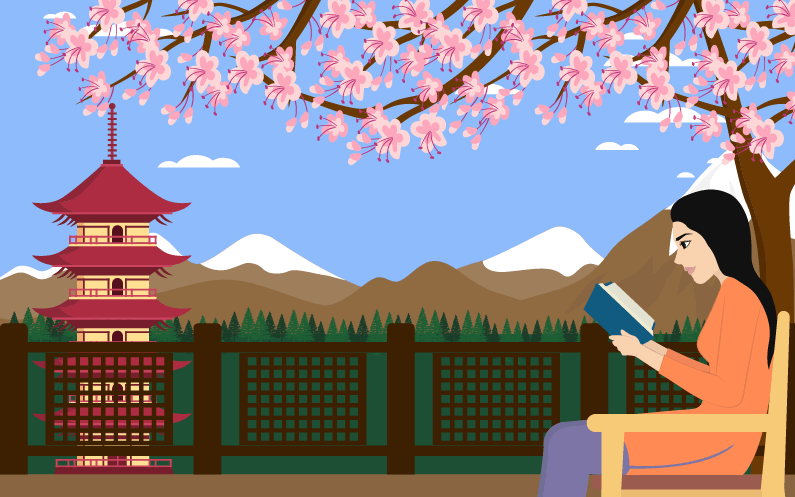
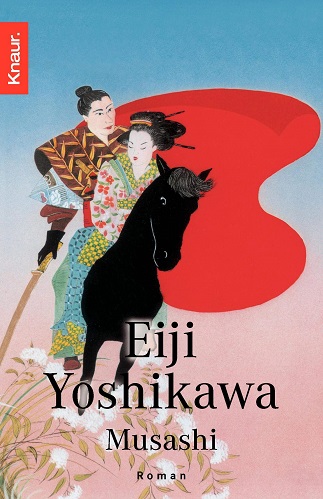
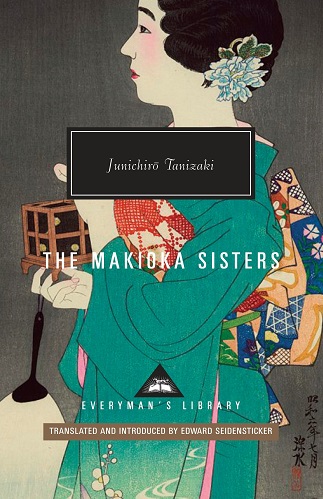
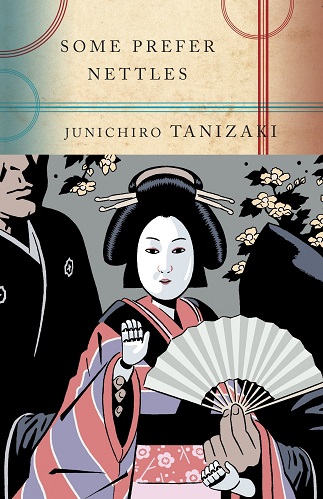
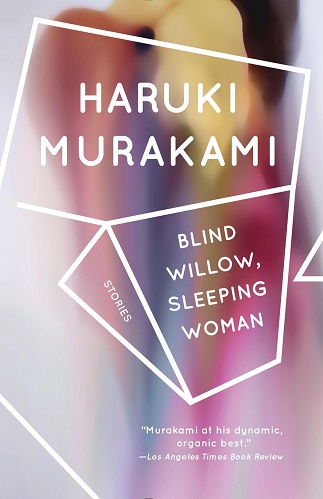

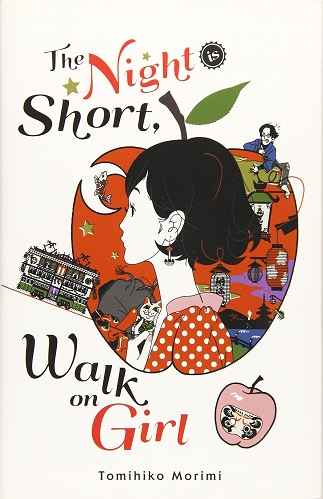
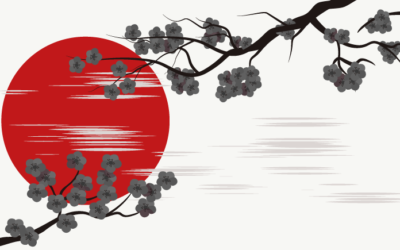
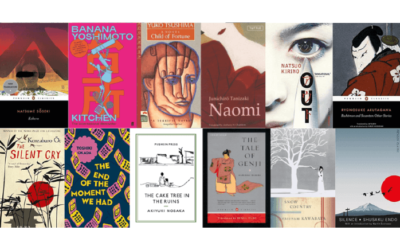
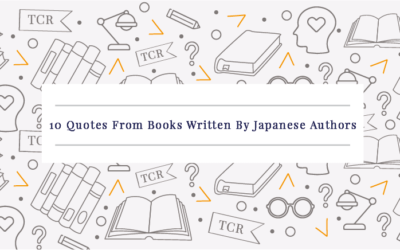
Very fascinating! I have always been intrigued by Japanese literature and this article offers a window to its literary landscape. Enjoyed it! Thanks.